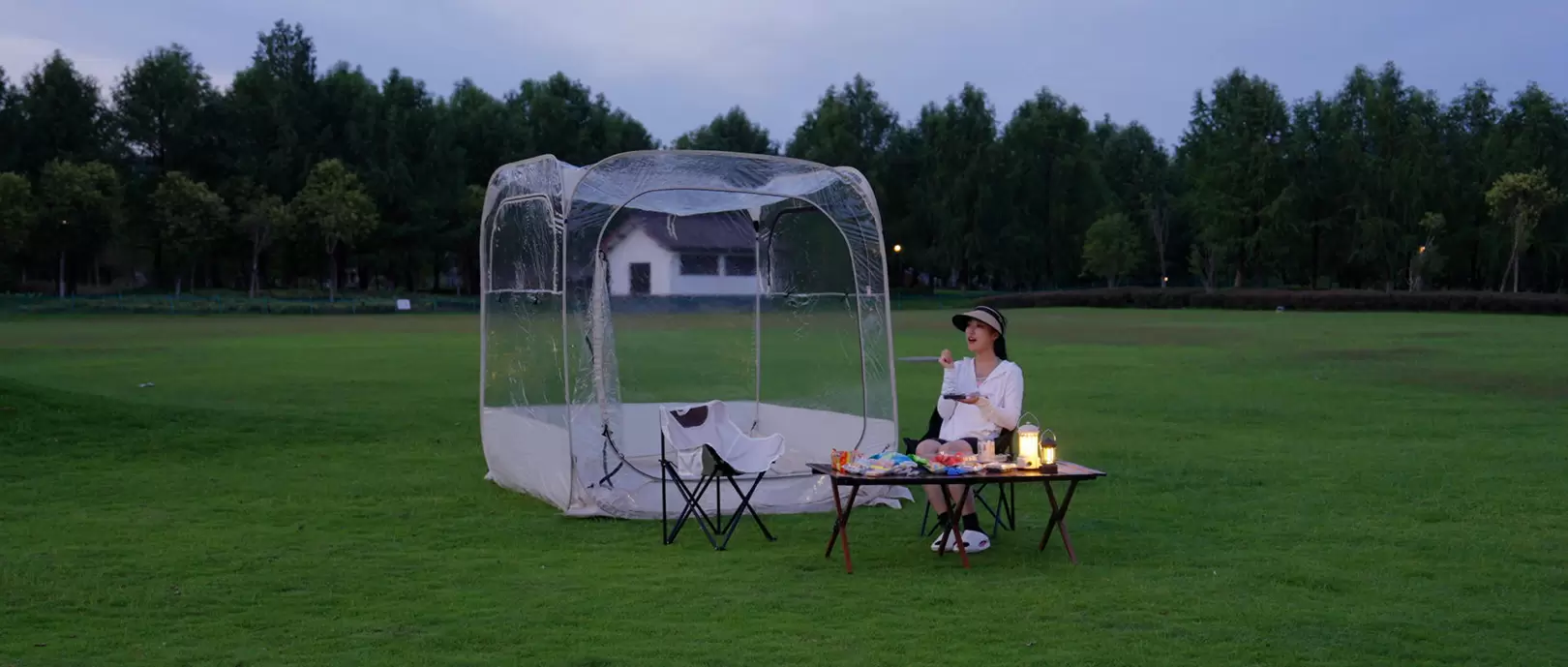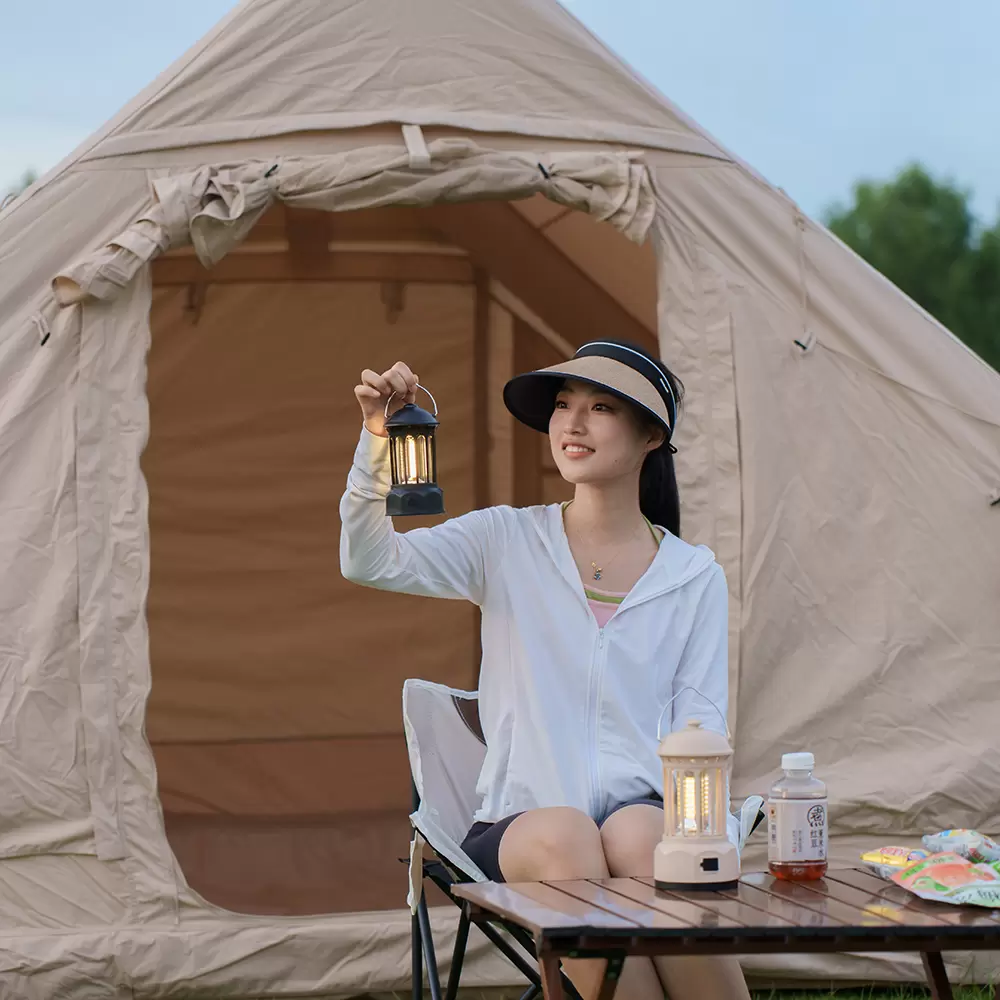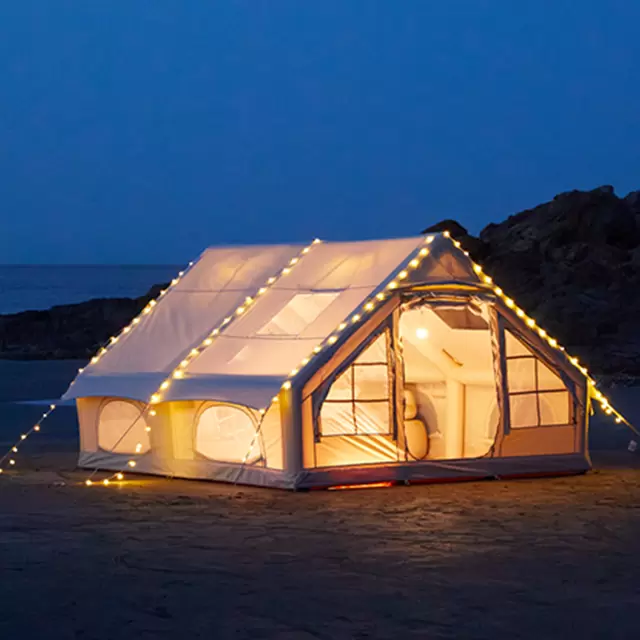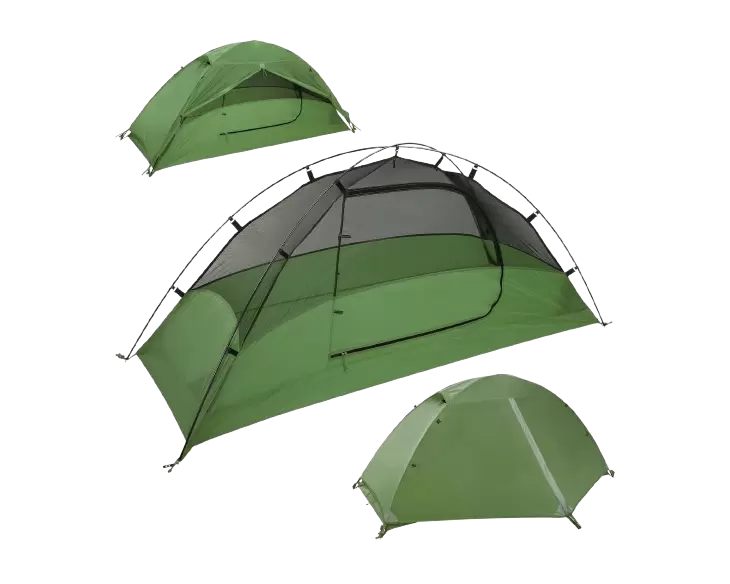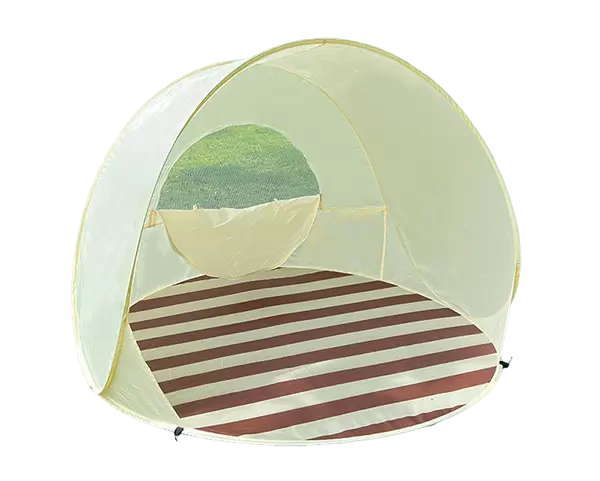With the rise of summer outdoor camping, tents have become essential gear, and their performance directly impacts the camping experience. Especially in the scorching summer heat, choosing a tent that offers both good breathability and effective protection is crucial. Tents commonly found on the market are primarily single-wall and double-wall. So, which type is best for summer camping? This article will delve into the pros and cons of double-wall and single-wall tents, and provide purchasing and usage advice to help campers strike a balance between breathability and protection.
1. Single-wall Tents: The Lightweight and Breathable Summer Choice
Single-wall tents feature a single layer of fabric, typically made of waterproof, sun-resistant, and breathable material. This design makes them lightweight, compact, and quick to set up, making them ideal for hiking, short-distance camping, or long-distance transport.
1.1 Breathability Advantages
Single-wall tents lack an inner and outer tent, providing excellent airflow. Most single-wall tents feature large mesh windows and vents, ensuring air circulation even in the hottest summer temperatures, reducing stuffiness and moisture buildup, and providing a more comfortable sleeping environment.
1.2 Protection Limitations
The protection provided by a single-wall tent primarily depends on the material's waterproof rating and wind resistance. Because it lacks a barrier structure, rainwater easily hits the tent's surface. In heavy or prolonged downpours, moisture can penetrate the tent interior. Furthermore, single-wall tents are generally less stable than double-wall tents in terms of wind resistance, requiring extra attention to anchoring with pegs and ropes.
1.3 Usage Scenarios
Summer short-term camping or hiking
Areas with dry weather and low rainfall
Campsters seeking a lightweight and quick-to-setup experience
Generally speaking, single-wall tents are known for their lightness and breathability, making them suitable for campers seeking a cool summer experience. However, their protection is relatively limited.
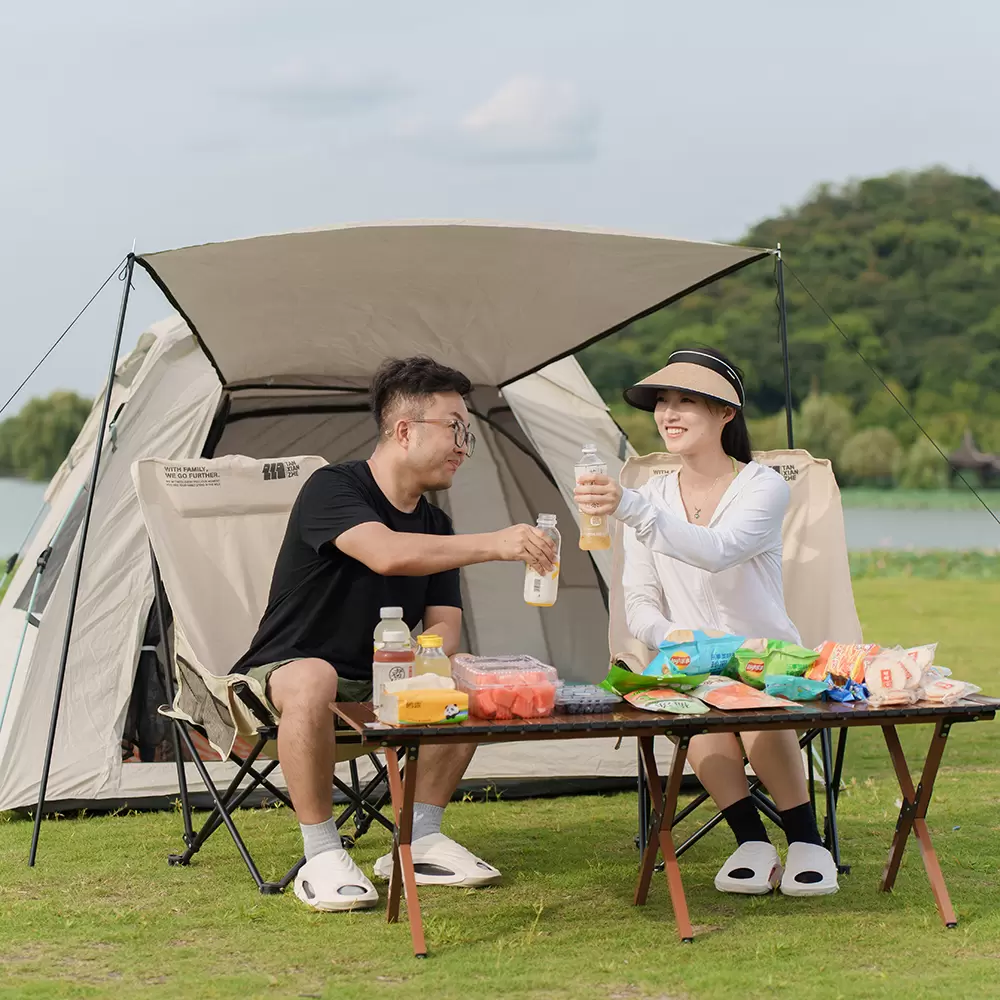
2. Double-wall Tents: A Balanced Approach to Protection and Breathability
A double-wall tent consists of an inner tent and a flysheet. The inner tent primarily provides breathability and comfort, while the flysheet provides waterproofing, windproofing, and insulation. Compared to single-wall tents, double-wall tents are more complex in structure but offer a better balance between protection and breathability.
2.1 Inner Tent Breathability
The inner tent of a double-wall tent typically features a large mesh design, which ensures air circulation and reduces stuffiness in the tent during the summer. This allows campers to maintain a relatively dry sleeping environment even in hot weather.
2.2 Outer Tent Protection
The outer tent protects against wind, rain, and direct sunlight. Especially in areas prone to summer thunderstorms, a double-wall tent's outer tent effectively prevents rain from entering the tent while also providing UV protection and reducing the harmful effects of sun exposure. Furthermore, the air gap created between the outer and inner tents provides some insulation, keeping the temperature inside the tent relatively comfortable.
2.3 Balanced Waterproofing and Breathability
Double-wall tents achieve a balance of protection and breathability through the use of separate inner and outer tent layers. Even if the outer tent gets wet, the inner tent remains dry. The air vents and mesh in the inner tent ensure air circulation, preventing moisture and stuffiness. This design allows double-wall tents to provide both rain and sun protection during summer camping without sacrificing comfort. 2.4 Usage Scenarios
Summer rainy or hot weather
Family camping or long-distance camping
Campers seeking comfort, protection, and stability
Double-wall tents offer a greater sense of security and comfort for summer camping, making them an ideal choice for those seeking a balance between protection and breathability.
3. Purchasing Recommendations for Balancing Breathability and Protection
When choosing a summer tent, campers should consider breathability, protection, weight, and usage scenarios based on their actual needs.
3.1 Consider the Tent Material
Inner Tent Material: Choose breathable mesh or lightweight polyester fabric to ensure air circulation.
3.2 Focus on Ventilation
Double-wall tents should feature multi-directional vents and an adjustable flysheet. For single-wall tents, focus on the mesh area and vent layout.
3.3 Consider Weight and Portability
For hiking or short-distance camping, choose a single-wall, lightweight tent. For family camping or road trips, choose a double-wall tent, sacrificing some portability for protection and comfort.
3.4 Verify the tent's protective performance.
Test its waterproofness and wind resistance to determine its performance in rainy summer weather.
Inspect the tent's base for moisture-proofing to prevent ground moisture from entering.
4. Tips for Improving Summer Camping Comfort
Whether you choose a single-wall or double-wall tent, mastering these tips can effectively enhance your summer camping experience:
Pitching Location: Choose a campsite with shade, flat ground, and good drainage.
Optimizing Pitching: For a double-wall tent, set up the outer tent first during the day for added sun protection.
Ventilation Management: Open the inner tent vents appropriately at night to maintain air circulation.
Waterproofing and Mosquito Repellent Measures: Apply waterproof spray to the outer tent and ensure the inner tent zipper is closed to prevent mosquitoes.
5. Conclusion
The key to choosing a tent for summer camping is the balance between breathability and protection. Single-wall tents are lightweight and breathable, making them suitable for short trips in dry areas. Double-wall tents, by layering the inner and outer tents, offer both protection and breathability, making them more suitable for rainy, hot, or long-distance family camping. Campers can choose the most suitable tent based on their needs, camping environment, and personal preferences. By combining materials, ventilation design, and usage tips, they can enhance the comfort and safety of summer camping.
Through scientific selection and proper use, summer campers can not only enjoy a cool and breathable tent experience, but also stay protected from rain and scorching sun, making every outdoor camping experience a memorable one that combines comfort and safety.
As a professional camping tent supplier, Haojin is committed to providing outdoor enthusiasts with high-quality, comfortable, and durable tents. Whether it's a lightweight and breathable single-layer tent or a protective and breathable double-layer tent, Haojin rigorously selects high-quality materials and incorporates scientific design to ensure that each tent offers optimal breathability, rainproofing, and windproofing for summer camping. Leveraging extensive industry experience and a professional R&D team, Haojin focuses not only on tent performance but also on the user's actual camping experience, ensuring every outdoor adventure is safe, comfortable, and worry-free.





